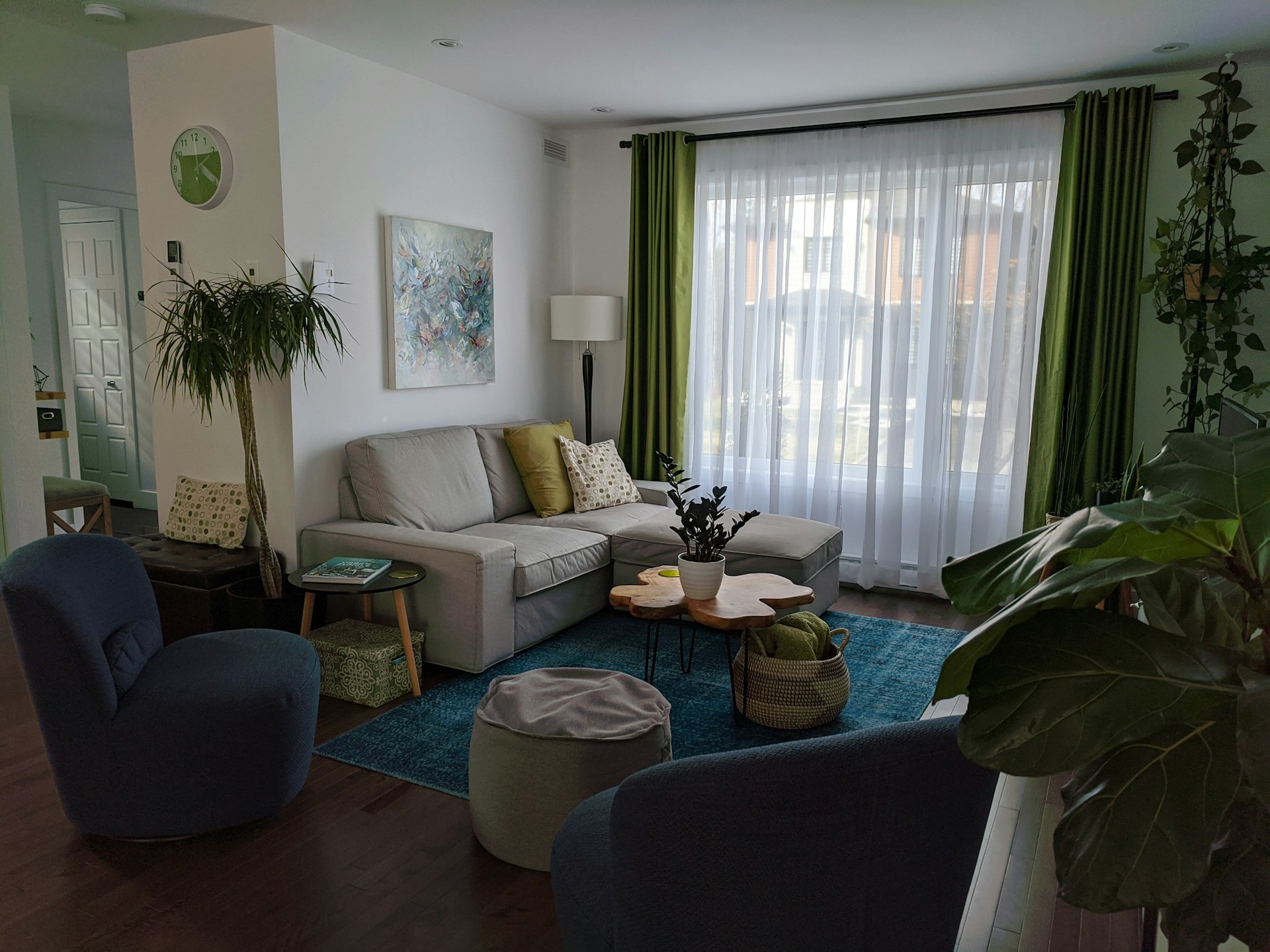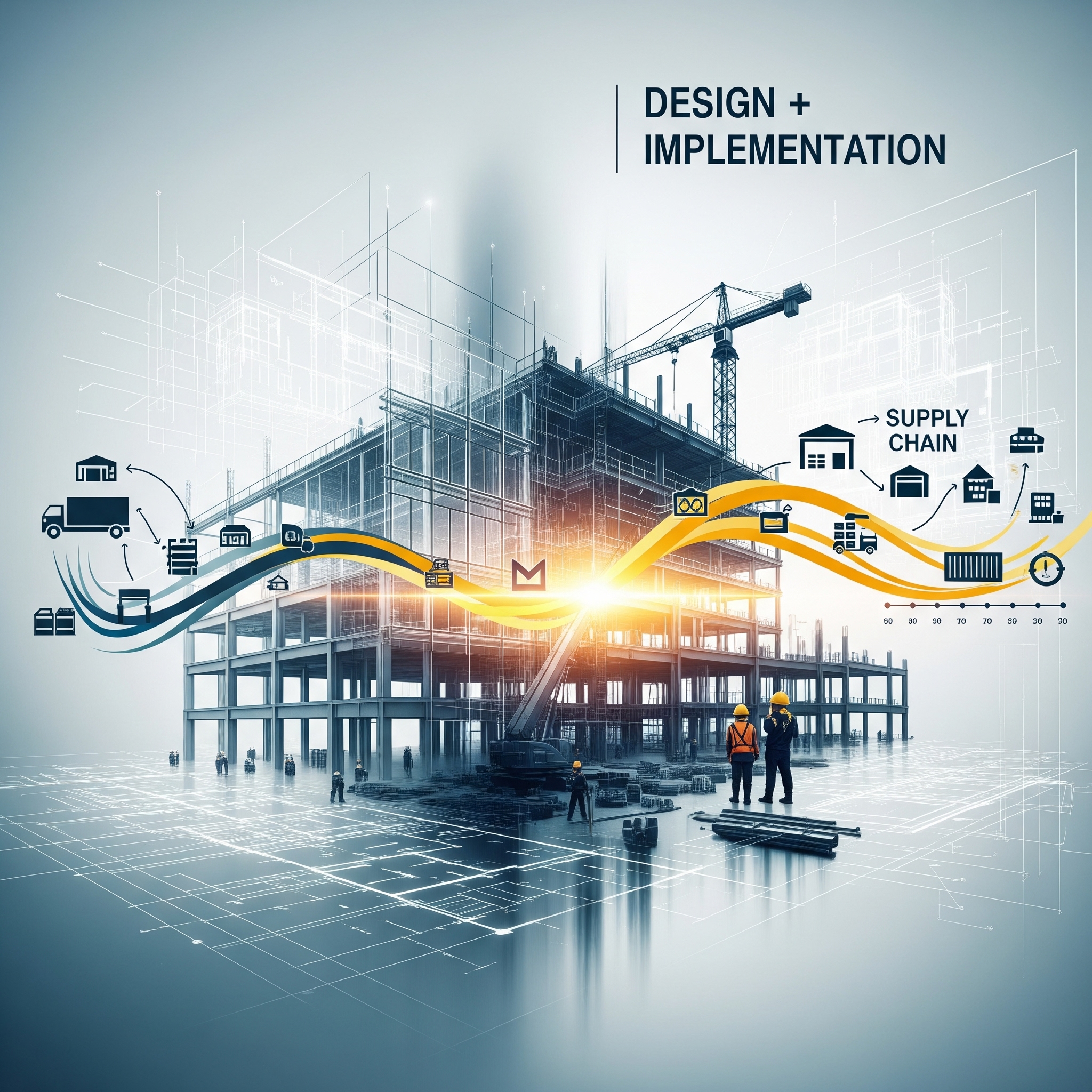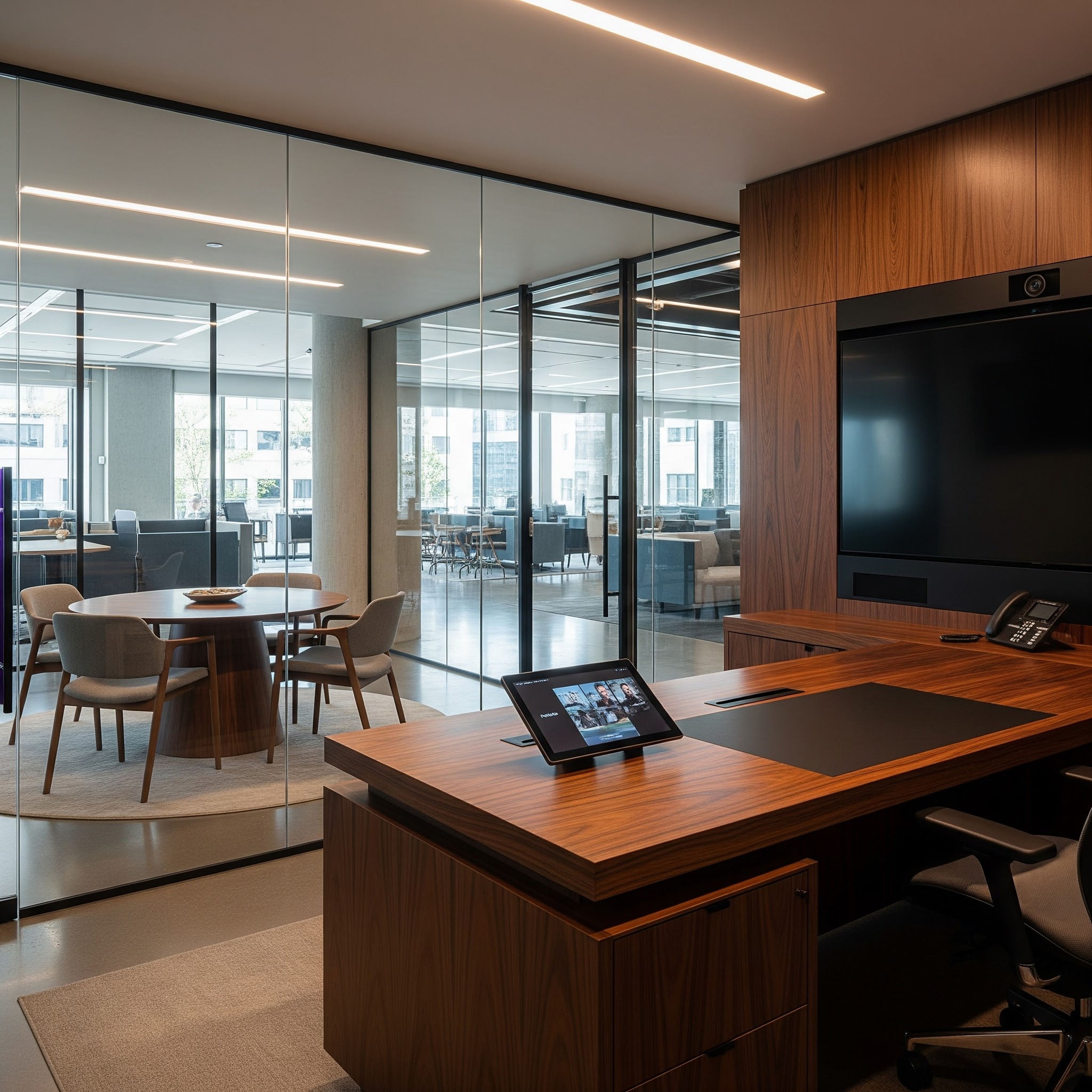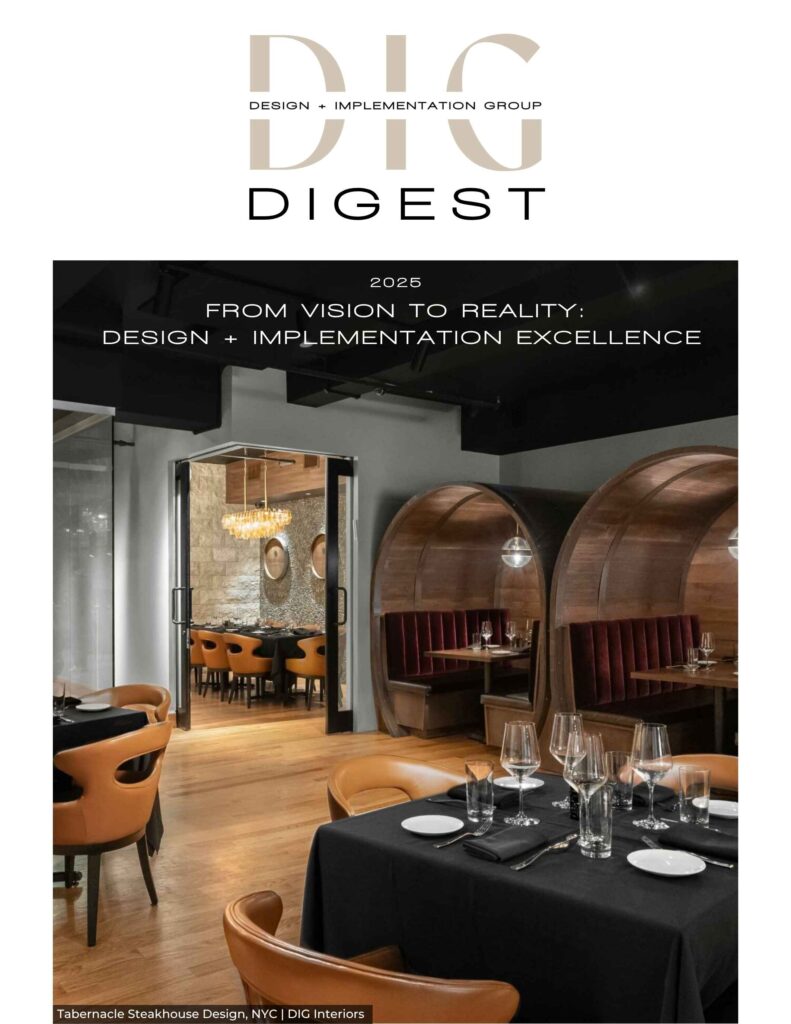Introduction
In recent years, the design landscape for assisted living spaces has seen a remarkable evolution. Once characterized by stark, clinical environments reminiscent of hospital settings, today’s assisted living facilities are being reimagined as warm, inviting spaces that residents can truly call home. As we look ahead to 2024, a number of innovative interior design trends are emerging that promise to further transform these spaces, making them as comfortable and welcoming as possible for residents. This article will delve into these trends, providing an in-depth exploration of the future of assisted living space design.
Emphasis on Home-Like Environments
One of the most significant shifts in assisted living design is the move towards creating more home-like environments. This trend reflects a growing understanding of the importance of making residents feel comfortable and at ease in their surroundings. To achieve this, designers are turning to familiar, residential-style furnishings and décor. Soft textiles, cozy furniture, and personal touches are becoming the norm, replacing the impersonal and often uncomfortable furnishings of the past.
The design of these spaces is also being shaped by the need to encourage socialization and interaction among residents. Common areas are being designed to be inviting and comfortable, encouraging residents to spend time with one another and fostering a sense of community within the facility.
Use of Technology
The role of technology in assisted living spaces is expanding rapidly. Long gone are the days when technology in these spaces was limited to basic medical equipment. Today, smart home technology is being integrated into the design of these spaces, offering residents increased control over their environment. This includes things like smart lighting systems that can be adjusted to suit individual preferences, smart thermostats for precise temperature control, and security systems that provide peace of mind.
But the technological revolution in assisted living spaces isn’t limited to home automation. Designers are also incorporating technologies designed to aid with medical monitoring and assistance. Wearable devices that monitor vital signs, automated medication dispensers, and telemedicine capabilities are just a few of the technological innovations being integrated into these spaces.
Nature-Inspired Design
Another trend shaping the design of assisted living spaces is the move towards nature-inspired design. This approach recognizes the therapeutic benefits of nature and seeks to bring elements of the natural world into the indoor environment. This can include the use of natural materials, such as wood and stone, in the construction and furnishing of the spaces.
In addition, designers are incorporating plants and green spaces into their designs. Indoor gardens, green walls, and even simple potted plants can bring a touch of nature indoors, offering residents the benefits of nature even when outdoor access may be limited.
Flexibility and Adaptability
As residents age and their needs evolve, the design of their living spaces must also adapt. This understanding is leading to a trend towards more flexible and adaptable designs. These designs can be easily modified to meet changing needs, whether that means accommodating mobility aids, adjusting to changing health needs, or simply updating décor to keep up with changing tastes.
Conclusion
The design of assisted living spaces is an exciting field, ripe with opportunities for innovation and creativity. As we look ahead to 2024, it’s clear that the trends shaping this field are driven by a deep understanding of the needs and preferences of residents. By embracing these trends, designers and facility operators can create environments that not only meet the practical needs of residents, but also contribute to their overall quality of life. Through thoughtful, innovative design, we can ensure that assisted living spaces are not just places to live, but places to thrive.





